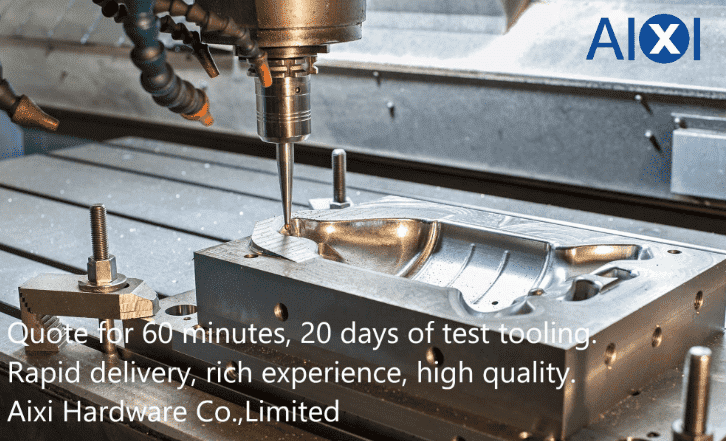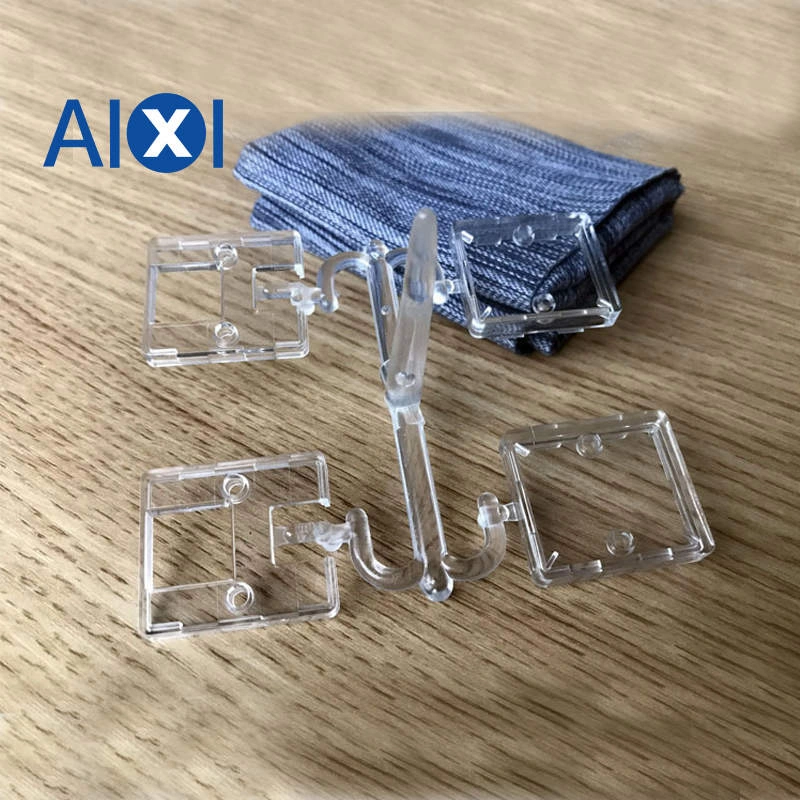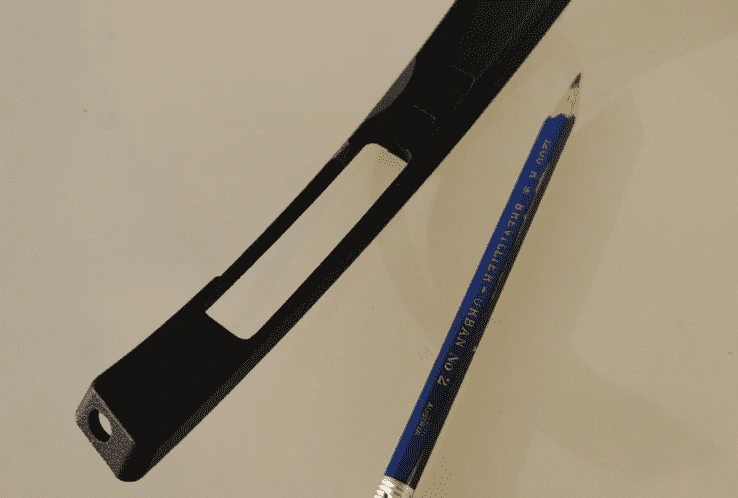Rapid Tooling & Injection Molding Services
Compared with 3D printing and vacuum casting, injection molding can provide high-volume production at a very competitive price. It only takes the first time to bear the cost of the mold, and each subsequent production is very low price. And according to the needs of customers to customize the color, usually in the mold for 25 days, production only takes 3 days, the first delivery period is longer, the subsequent delivery will be very fast.
After receiving the CAD drawings of the customer, we will carry out the design of the mold, and the simulation test of the DFM and the mold flow for the manufacturability design, as well as the reflection of the follow-up mold, and will give the customer a report every moment.
Contact us for more information.

Advantages of Injection Molding
1: There is a similar place with 3D printing. Injection molding can make some very complicated products.
2: The cost is very low, suitable for high-volume manufacturing production. And the surface of the mold is very smooth and does not need to be processed again.
3: Different mold materials have different life spans. If you need this product to be very high, you can make molds from stainless steel materials.
4: Generally, if you want plastic to be harder, you can add some glass fiber to increase the hardness of the product.
5: Delivery time is very fast – rapid prototype injection molding.

 Deutsch
Deutsch Français
Français 日本語
日本語 Español
Español

